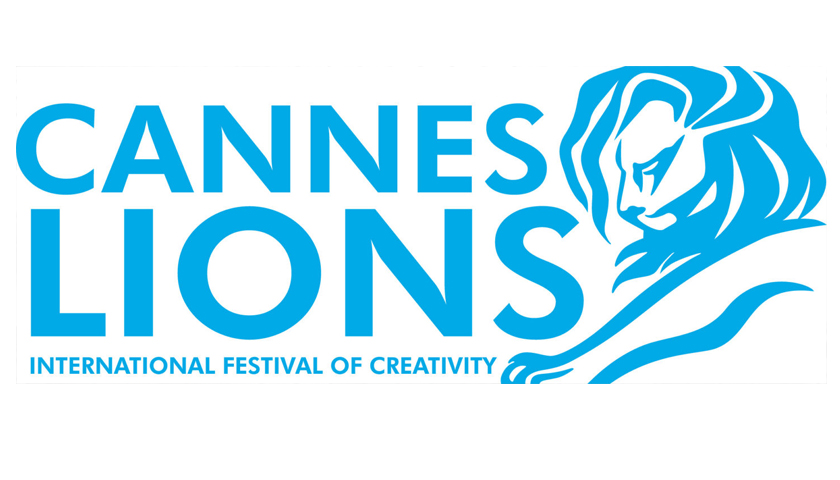|
WARC, LIONS, and LinkedIn’s B2B Institute, have published “The B2B Effectiveness Code,” one of the largest and most comprehensive studies ever carried out on the effectiveness of B2B marketing. The research is part of an ongoing partnership between WARC, LIONS and LinkedIn’s marketing think tank – the B2B Institute – that is focused on galvanizing creativity in B2B brand-building and demonstrating the impact of powerful creative on long-term growth. The B2B Effectiveness Code outlines how B2B brands can create more effective marketing and spotlights the “Creative Commitment” principle: the combination of techniques that lead to increased creative effectiveness. For the research James Hurman, co-author of The Effectiveness Code, analyzed 435 B2B case studies from the WARC and Cannes Lions effectiveness database that were submitted between 2010 and 2021. The research shows that B2B creative remains dominated by marketing that is at the least effective end of the spectrum – and which is struggling to deliver long-term commercial value. The research also demonstrates that Creative Commitment, the composite measure of the media budget, duration and number of media channels which highly correlates with effectiveness, has declined in recent years. Jann Martin Schwarz, Senior Director at LinkedIn and Head of the B2B Institute said:
James Hurman, Founder of Previously Unavailable, and author of the report, says: “This paper builds on LinkedIn’s B2B Institute’s efforts in challenging the assumptions of B2B marketing effectiveness, and demonstrates that success in B2B emerges from many of the same principles that drive growth in B2C.” David Tiltman, VP Content, WARC, said: “Research shows that our industry has been actively reducing the effectiveness of its work. Following the publication last year of “The Effectiveness Code” white paper and now the subsequent release of “The B2B Effectiveness Code” report, as champions for effectiveness, we hope to help reverse this trend in the interests of protecting the value of marketing’s contribution to business.” Introducing B2B “Creative Commitment” The research revealed that across the last decade, B2B Creative Commitment has declined significantly. On average, B2B campaigns spend less, run for shorter durations, and use fewer media channels, meaning they skew heavily toward short-term, rational, and tightly targeted marketing. When comparing B2B with B2C, it was found that B2B campaigns generally have lower Creative Commitment than B2C. Like B2C campaigns, to reverse this decline in effectiveness and gain competitive advantage, the advice outlined in this report is for marketers to maximise Creative Commitment by producing larger, longer-term and more broadly targeted B2B campaigns. Hurman advises: “B2B marketing is made more powerful when we exploit powerful B2C concepts. Creativity, emotion and fame are all tools that B2B marketers should be using to amplify the engagement and ROI they see from their communications efforts, and indeed to increase the value of marketing in their organisations.” Introducing “The B2B Effectiveness Ladder” The B2B Effectiveness Ladder is a hierarchy of the six main types of effects that B2B marketing produces, from least to most commercially impactful and reflects the objectives and results that are more important to B2B marketing. Designed to be used as a continuous improvement tool, it enables the B2B marketing and advertising community to more easily identify and learn from B2B effectiveness best practice, to consistently produce highly effective creative campaigns and initiatives. The six levels of The B2B Effectiveness Ladder and its winning behaviours are:
Philip Thomas, President, Ascential Marketing Division and Chairman of LIONS, said: “B2B marketers have the same challenges as any other business-builders: How to engage audiences, and maximize the effectiveness of what they do. The B2B Effectiveness Ladder is a leg-up for those marketers who understand that creativity and effectiveness are a virtuous circle, and want to understand more about what it is that really makes the difference to their campaigns. “We are delighted to be working with LinkedIn B2B Institute as the premier B2B marketing think tank, as we join forces to help the B2B marketing community on their creative journey to be more effective.” “The B2B Effectiveness Code” is available to download here. The study includes expert commentary, evidence, best practice examples, data analysis and recommendations to help the B2B industry market more effectively. |
B2B marketing is struggling to deliver long-term value, according to a new study by WARC, LIONS and LinkedIn’s B2B Institute

